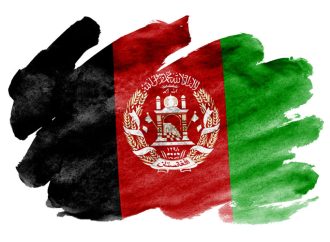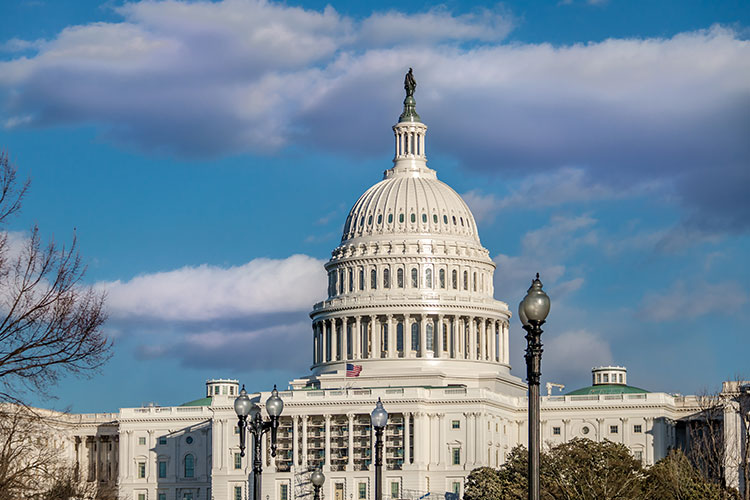Author Recent Posts Asfand Yar Khan Latest posts by Asfand Yar Khan (see all) Outcomes of the Shanghai Cooperation Organisation Heads of Government Summit – October 28, 2024 Deliberations and Outcomes of the 79th Session of the UNGA – October 11, 2024 SCO in Pakistan: Can it bring Normalcy in Indo Pak Relations? – September
In Pakistan, the wheat market involves a complex interplay of domestic production, pricing policies, export regulations, and import requirements. The government of Pakistan sets a minimum support price (MSP) for wheat to ensure that farmers receive a fair price. This MSP is announced before the sowing season to guide farmers in their planting decisions. Agencies such as the Pakistan Agricultural Storage and Services Corporation (PASSCO) and provincial food departments purchase wheat at the MSP. This helps stabilize the market and prevent price collapses. Besides government procurement, wheat is also sold in the open market where prices can fluctuate based on supply and demand. Wheat prices are typically lower during the harvest season (April to June) due to an increase in supply. Prices may rise post-harvest as the availability decreases.
The government regulates wheat exports to ensure domestic food security. Export policies can change based on domestic supply conditions. When there is a surplus, the government may allow exports and sometimes offer incentives to exporters. Pakistan exports wheat to various countries, with significant markets in the Middle East, East Africa, and neighboring countries like Afghanistan. Pakistan imports wheat primarily to bridge the gap between domestic production and consumption needs, especially in years of poor harvests. Import policies are governed by the Ministry of National Food Security and Research, which decides on import quotas and issues import permits. Major sources of wheat imports include countries like Russia, Ukraine, and Australia, which are known for their high-quality wheat. Import duties and tariffs are periodically adjusted to protect domestic farmers from cheap foreign wheat and to make imports viable when there is a shortage.
Government policies on agriculture, trade agreements, and food security play a crucial role in shaping the dynamics of wheat trade. Wheat pricing in Pakistan is largely influenced by government policies aimed at ensuring fair compensation to farmers and stabilizing the market. Export and import of wheat are regulated to maintain domestic food security, with export being allowed during surplus years and import during deficits. Various factors, including domestic production, global prices, and government policies, interact to determine the flow of wheat in and out of the country. International wheat prices affect both the cost of imports and the competitiveness of Pakistani wheat in the global market. Fluctuations in the Pakistani Rupee against major currencies influence the cost of imported wheat and the earnings from exports.
What caused the current Wheat Crisis?
Inconsistent government policies regarding subsidies, support prices, and import/export regulations can create market instability. The ongoing wheat crisis in Pakistan has led to significant economic and social turmoil. The situation has been exacerbated by several factors, including natural disasters, policy decisions, and market dynamics. Pakistan faced severe flooding in 2022, which drastically affected wheat production. The country consumes around 30 million tonnes of wheat annually but produced only 26.2 million tonnes in 2022, leading to a shortage and increased prices. The previous government allowed the private sector to import wheat, resulting in over 3.5 million tonnes being imported between September 2023 and March 2024. This policy, combined with existing stockpiles, left local farmers struggling to sell their produce at viable prices. The government reduced its procurement target to 2 million tonnes from the usual 5.6 million tonnes, further impacting farmers’ incomes. Allegations of corruption have been raised by the opposition parties and media prompting Prime Minister Mian Shehbaz Sharif to establish a high-level inquiry to probe the issue.
How do provinces get their share of wheat?
In Pakistan, the distribution of wheat among provinces involves a coordinated effort between federal and provincial governments. The Pakistan Agricultural Storage and Services Corporation (PASSCO) is the federal agency responsible for procuring wheat from major wheat-producing areas. PASSCO procures wheat during the harvest season to build strategic reserves. Punjab and Sindh are the primary wheat-producing provinces in Pakistan, with Punjab contributing the largest share. The federal and provincial food departments procure wheat from farmers during the harvest season. The procurement process involves setting support prices to ensure farmers receive a fair rate. The federal government, through the Ministry of National Food Security & Research, formulates policies for wheat procurement, storage, and distribution. Each province assesses its wheat needs based on factors like population, consumption patterns, and stock levels. The federal government, in consultation with provincial governments, allocates wheat based on these assessments. This allocation considers the production capacity of each province and their respective deficits. Wheat is distributed to flour mills and other stakeholders through a regulated system to ensure availability in the market at controlled prices. Provincial governments may provide subsidies to stabilize flour prices and ensure affordability for the public. Overall, the system is designed to ensure food security and price stability across the country, though it requires continuous improvement to handle logistical challenges and evolving demand patterns effectively.
- Outcomes of the Shanghai Cooperation Organisation Heads of Government Summit - October 28, 2024
- Deliberations and Outcomes of the 79th Session of the UNGA - October 11, 2024
- SCO in Pakistan: Can it bring Normalcy in Indo Pak Relations? - September 26, 2024














Leave a Comment
Your email address will not be published. Required fields are marked with *